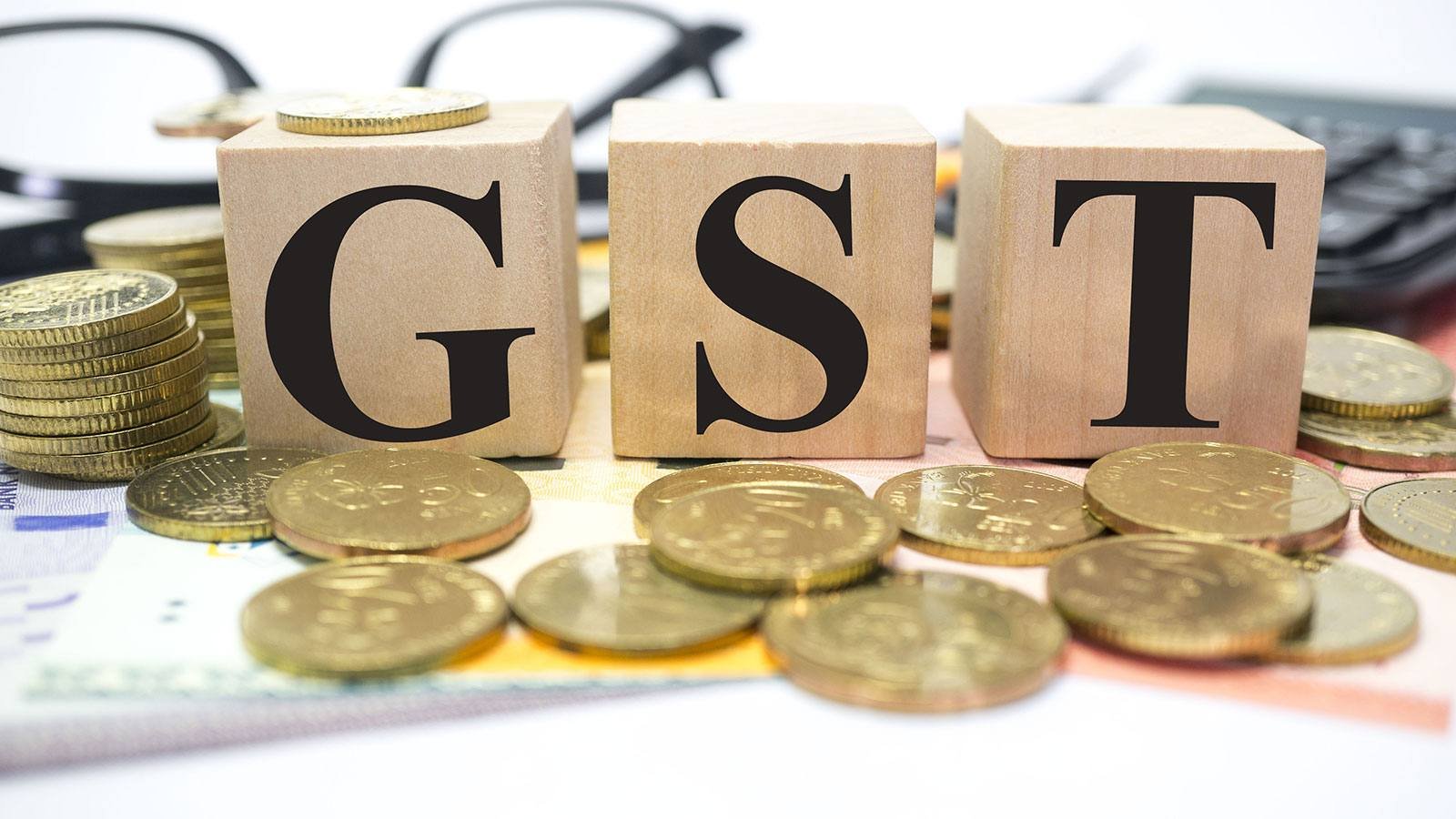GST to be biggest achievement of Modi Govt: ASSOCHAM
May 23, 2017 | Tuesday | News
Based on a perception among its members, the ASSOCHAM has noted that benign inflation both at the retail and wholesale levels is among the other positives for the government.
As the Narendra Modi is about to complete three years in office, its biggest achievement on economic front would be the Goods and Services Tax which is near a roll-out, while financial inclusion, digitisation and public investment on infrastructure like railways and power distribution are perceived as other credible steps for structural changes in the economy, the ASSOCHAM has said.
Based on a perception among its members, the ASSOCHAM has noted that benign inflation both at the retail and wholesale levels is among the other positives for the government. Of course, the fall in inflation was supported by a sharp correction in international commodity prices and good monsoon in the last season. As the price rise remained within the target of four per cent, set by the Reserve Bank of India, the central bank has also been able to keep the interest rates low, though the credit off-take in the private sector still remains a challenge.
Prices of pulses, onion and other essential commodities, which used to hit the headlines, have come down significantly in the last 12-18 months.
"The implementation of GST in the next few weeks would cap other major initiatives of the government. The focus on improving ease of doing business through measures like GST and other taxation reforms has also been noted as one of the major achievements of the NDA Government," said the chamber President Mr Sandeep Jajodia.
Clean-up of the subsidy disbursal which had reached the proportion of bottomless pit, is yet another big plus of the government which is pursuing linkages of Aadhar ID with every bank account holder. Helped by favourable crash in the crude oil prices, elimination of subsidy on petrol and diesel and significant reduction in other fuels ,including cooking gas, have brought a great improvement in the balance sheets of the oil marketing companies.
Taking a look at other macros, it goes to the credit of the government that India's foreign exchange reserves have touched an impressive high of USD 372 billion, giving a muscle to rupee. While exporters have shown some concern, strong rupee is helping tame inflation further.
Thanks to several measures to open up the Foreign Direct Investment (FDI) regime in key areas like defence, insurance, infrastructure, the country has received record net FDI of USD 100 billion in the last three years, while foreign funds are pumping in huge liquidity in the stock market.
Riding on ample liquidity and confidence of the global fund managers, India's market capitalisation has crossed a massive USD two trillion, so much so that some kind of caution is needed to handle such inflows.
"While, a high level of non-performing remains an area of concern, the government has taken some decisive measures like empowering RBI to set up Oversight Committees and refer the toxic assets for insolvency and all these should help resolution of the nagging problem."
Other priority areas , going forward, should be focus on some of the stressed sectors like metals, construction and real estate, telecom and power generation while allocations for health and education needs to be lifted. Also, increased focus on agriculture must continue with enough allocations for rural and agri infrastructure like irrigation. However, a lot of work of work has been done in revival of the domestic fertiliser units.









